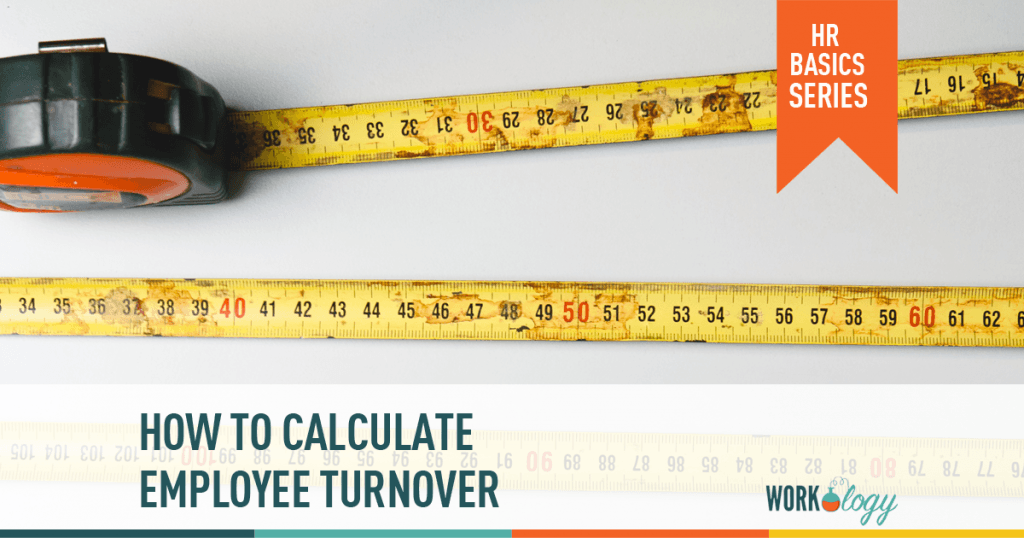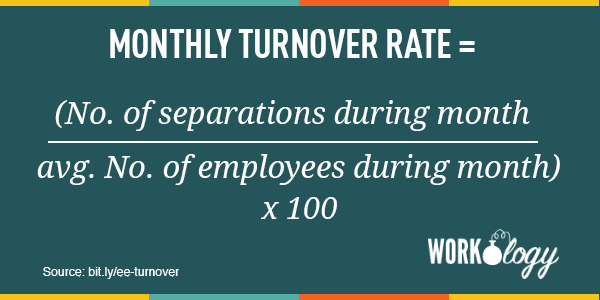Check out more great resources with our HR Basics Series.
In a perfect world, your recruiting would net you the perfect candidates. They would develop into valuable employees, and separations would happen at the end of a productive and successful career. In today’s more fluid workplace, this rarely happens. So, knowing how to calculate employee turnover is a valuable tool in assessing your recruitment and HR strategies.
Defining employee turnover
Turnover, in simplest terms is the number of separations in a given period, against the total size of your work force. This basic definition will work for some metrics, but, there are a lot of reasons that employee turnover can occur. For instance, voluntary separations, dismissals, retirements and even transfers to other divisions are all technically separations, but they each say something different about the success of your hiring and management processes.
The biggest break in these definitions is between voluntary and involuntary separations. Someone who opts to take retirement, or move on to a new career path may not require you to change anything about the way you manage talent. However, a string of employees forcing dismissals for unprofessional behavior is an entirely different thing.
Why it matters
One of the biggest factors in the cost of recruitment and talent management is replacing employees. In addition to the cost to the bottom line for time lost and retraining, there are hard costs involved in acquisition and even separation.
- Advertising and marketing expense for recruitment and candidate acquisition campaigns.
- Interviewing costs, including background and reference checks.
- Administrative costs for processing paperwork for new hires and exiting employees.
- Labor and materials for training time and trainer salaries.
- Labor costs for exiting employees, including severance, or other separation benefits as well as over time and other costs to cover the open position during transition.
How to calculate it
The formula for tracking employee turnover is a simple one. First, determine what period you intend to set up your metric for. Once this is established, the formula can be used at that interval to measure turnover on an ongoing basis. This gives you the ability to measure the effectiveness of any changes made between periods. Most companies measure by the month, by the year, or both.
Next, determine which separations you want to include and calculate how many occurred during your target period. To get the percentage of turnover during your target window, simply divide the number of turnovers by the total number of employees in the same period. This is your turnover rate. For example, a company with a total of 500 employees who had 55 separation over the course of a year has an annual turnover rate of 11%.
So, what is the cost of your employees?
To calculate what turnover is costing your company, add up the hard costs of recruitment, processing, training and exits in your target period. Simply divide this number by the number of separations you experienced in the same period to put a number to each turnover.
While dollars and cents is not the whole story when it comes to the replacement of valued employees, it provides a great and easy to measure metric for gauging the success of employee retention programs and other turnover reduction steps that can be tied to the bottom line.
Check out more great resources with our HR Basics Series.










Comments are closed.